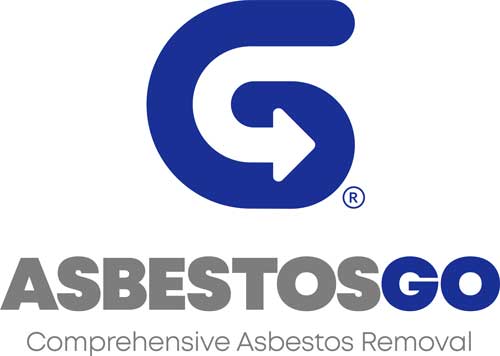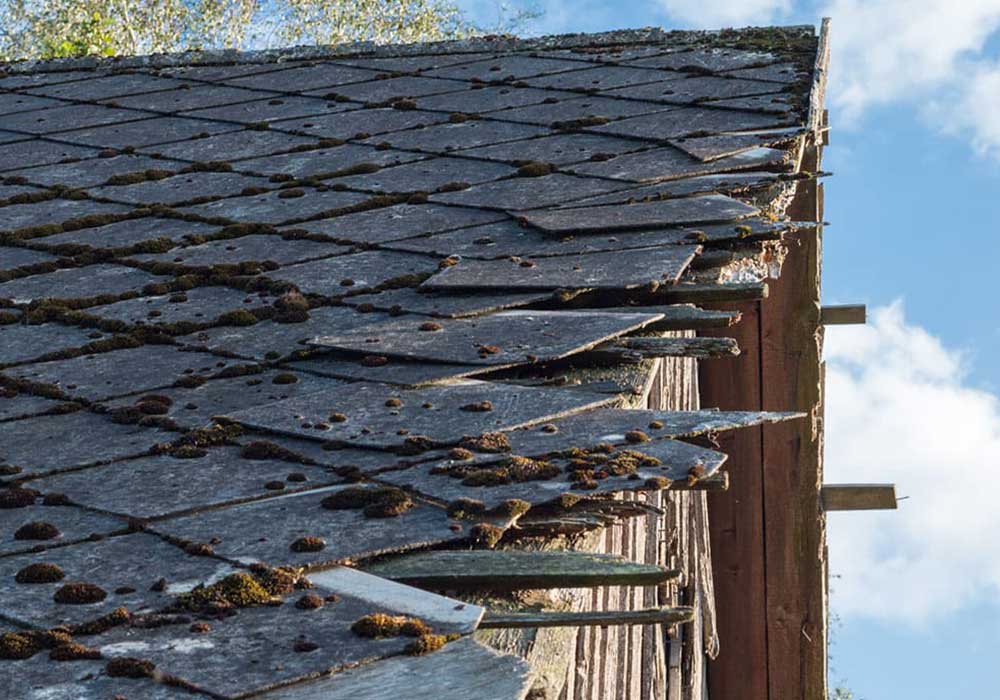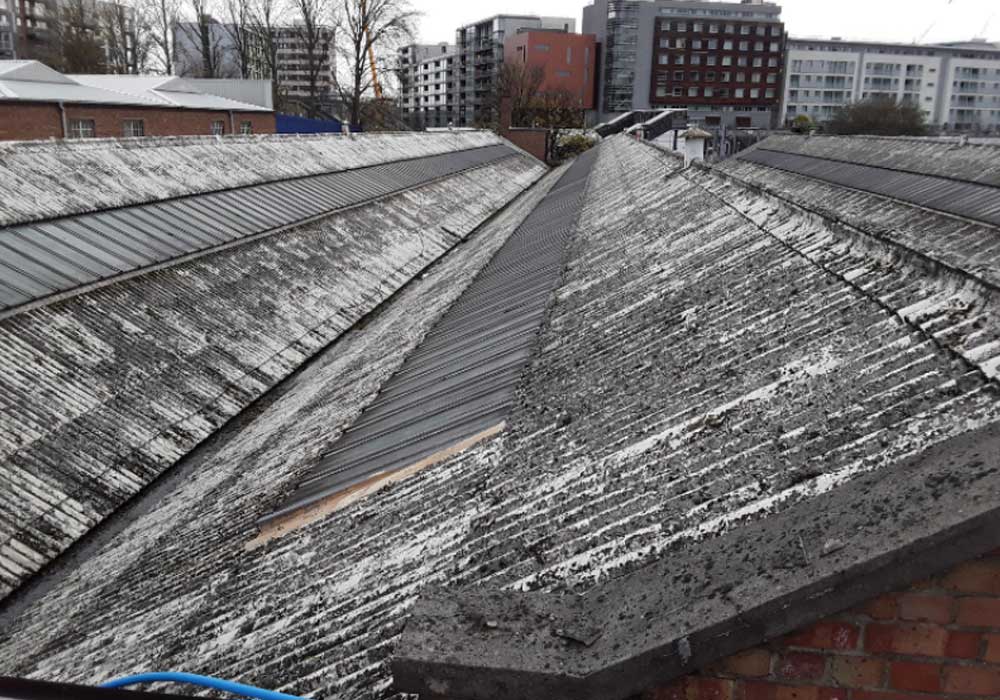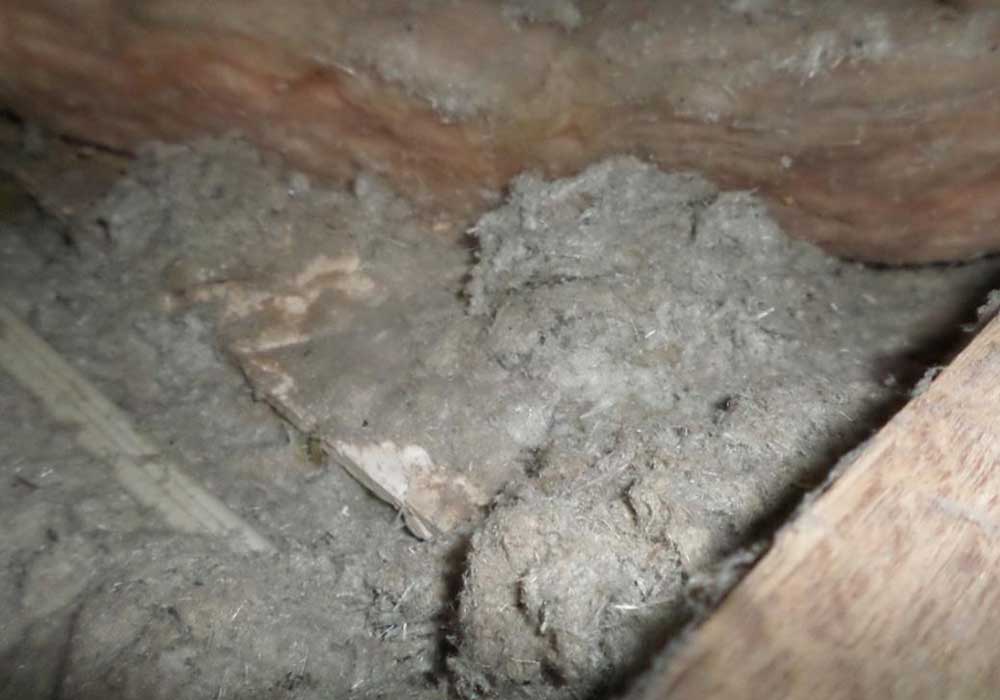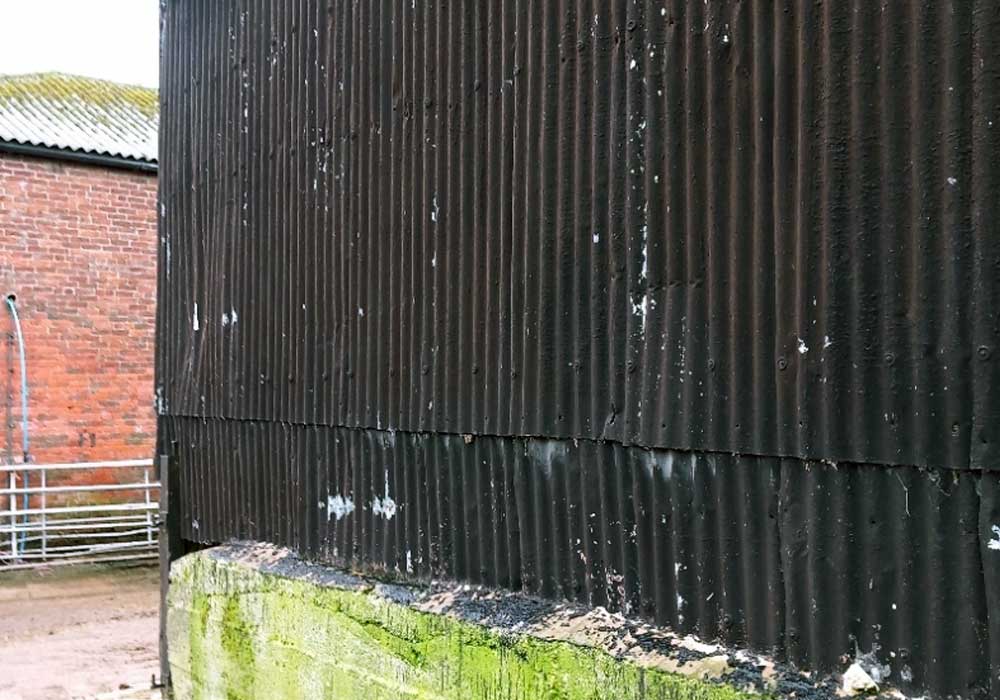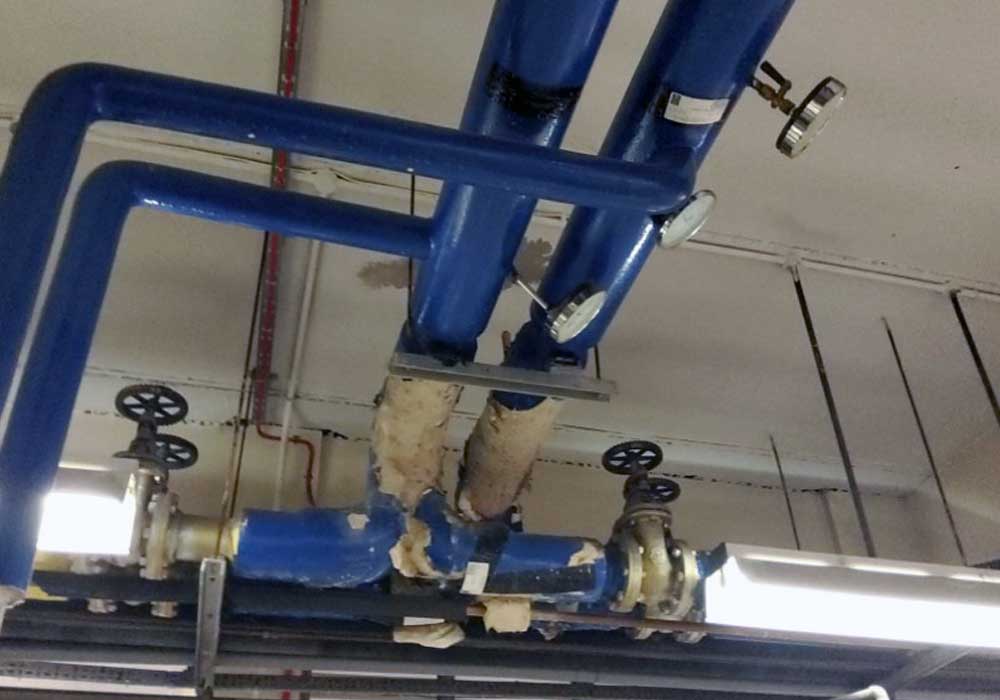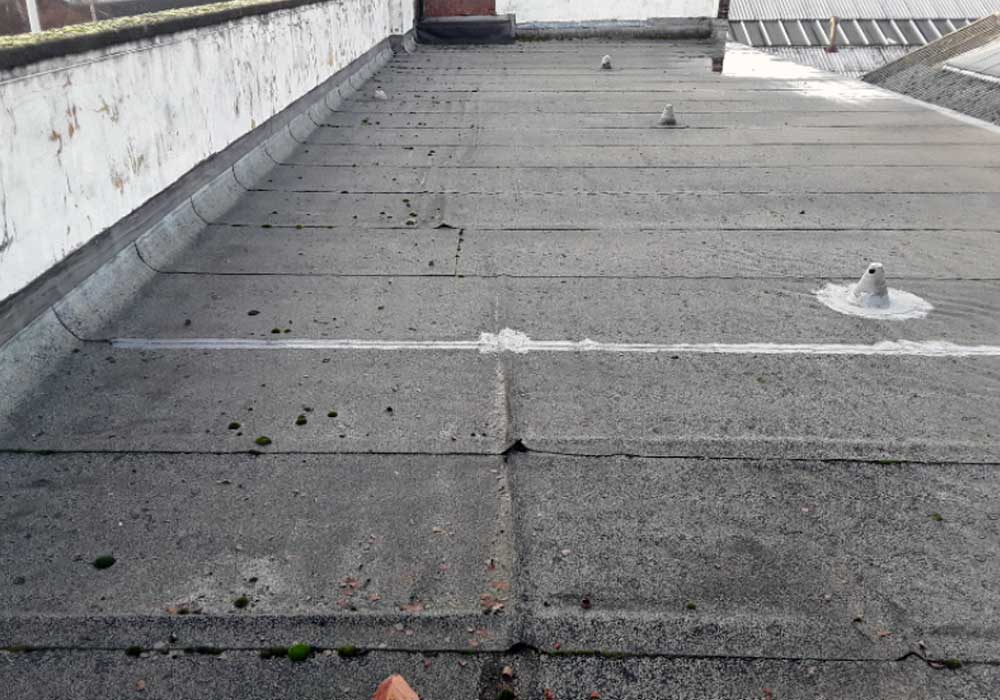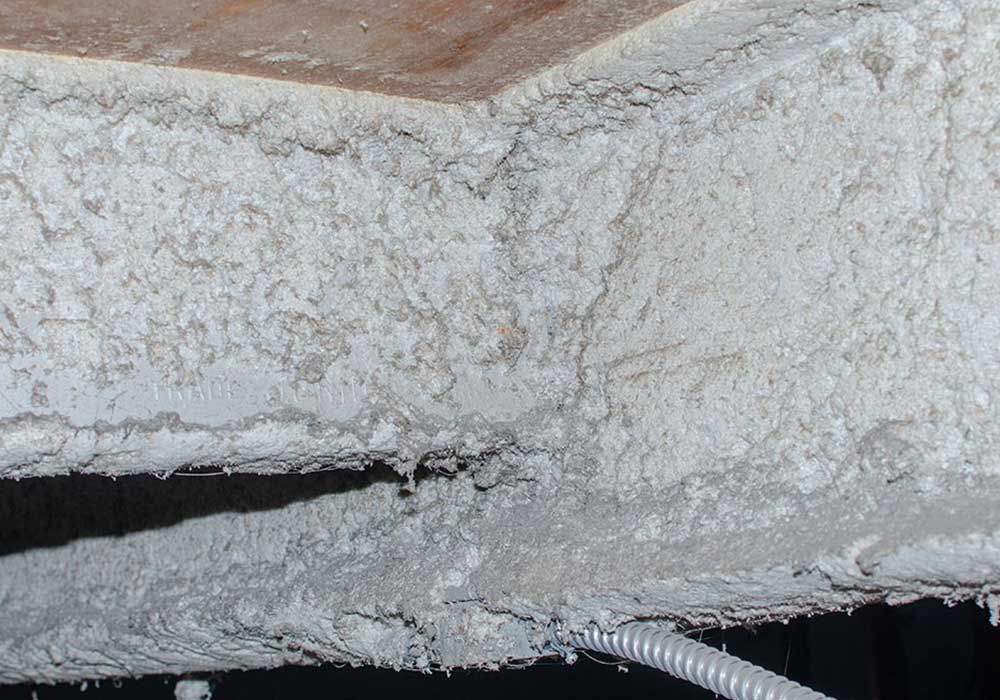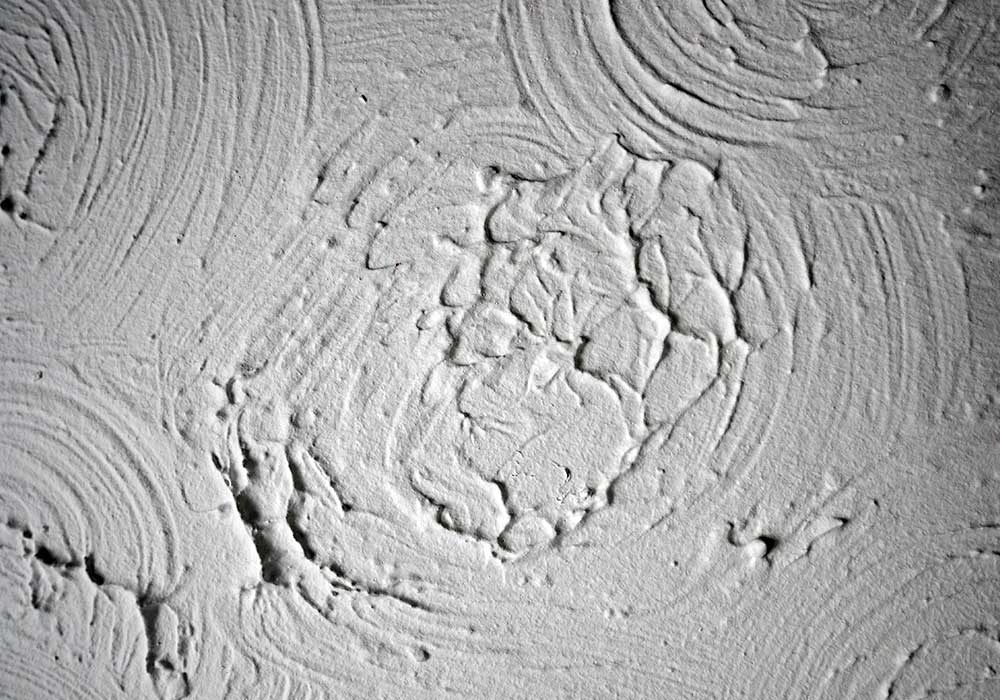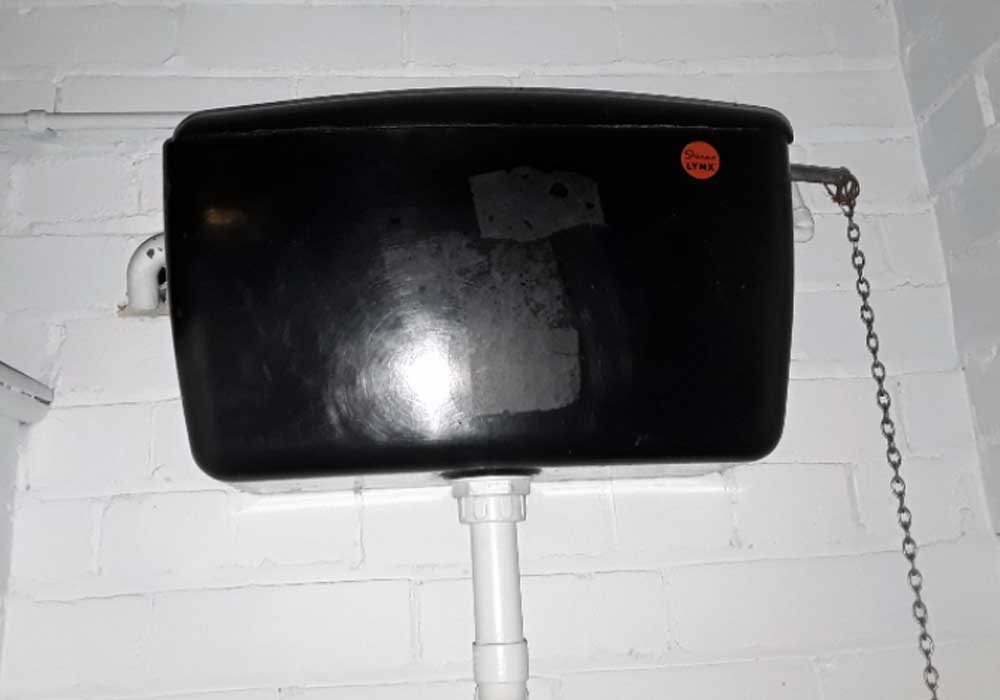Roof Tiles
Asbestos-containing roof tiles, also known as asbestos roof shingles or asbestos roofing tiles, were commonly used in construction for several decades, primarily from the early 20th century until the 1980s. These roof tiles were made by incorporating asbestos fibres into various materials, including cement or asphalt, to provide durability, weather resistance, and fireproofing qualities. However, they have since been recognized as a significant health hazard due to the presence of asbestos fibres. Here’s a description of asbestos-containing roof tiles:
- Composition: Asbestos-containing roof tiles are typically made from a mixture of asbestos fibres and other materials, such as cement or asphalt. The asbestos component was added for its strength, heat resistance, and fireproofing properties.
- Appearance: These roof tiles often resemble traditional roofing materials, such as slate or clay tiles, in terms of shape and texture. They were available in various styles and colours to suit architectural preferences.
- Applications: Asbestos-containing roof tiles were widely used in residential and commercial construction as roofing materials. They were favoured for their durability and ability to withstand weather conditions, making them suitable for a wide range of climates.
- Health Risks: The primary concern with asbestos-containing roof tiles is the potential release of asbestos fibres when the tiles become damaged, deteriorate, or are removed during roof repairs or renovations. Inhalation of airborne asbestos fibres can lead to severe health conditions, including lung cancer, mesothelioma, and asbestosis.
- Age and Identification: Asbestos-containing roof tiles were commonly installed in structures constructed before the 1980s. Identifying whether roof tiles contain asbestos may require professional testing or inspection, as asbestos fibres are not visible to the naked eye.
- Removal and Handling: Due to the significant health risks associated with asbestos, the removal of asbestos-containing roof tiles should only be performed by licensed asbestos removal professionals, like yourself. Strict safety protocols, including containment, personal protective equipment (PPE), and thorough decontamination procedures, must be followed to minimize asbestos exposure during removal.
- Replacement: When asbestos-containing roof tiles are encountered during roof repairs or replacement, they are safely removed and replaced with modern, asbestos-free roofing materials to ensure the safety of roofers and building occupants. Asbestos-free roofing materials provide the same durability and weather resistance without the health risks associated with asbestos.
In summary, asbestos-containing roof tiles were once widely used for their durability and fireproofing properties. However, they pose serious health risks when disturbed or deteriorated, as asbestos fibres can become airborne.

